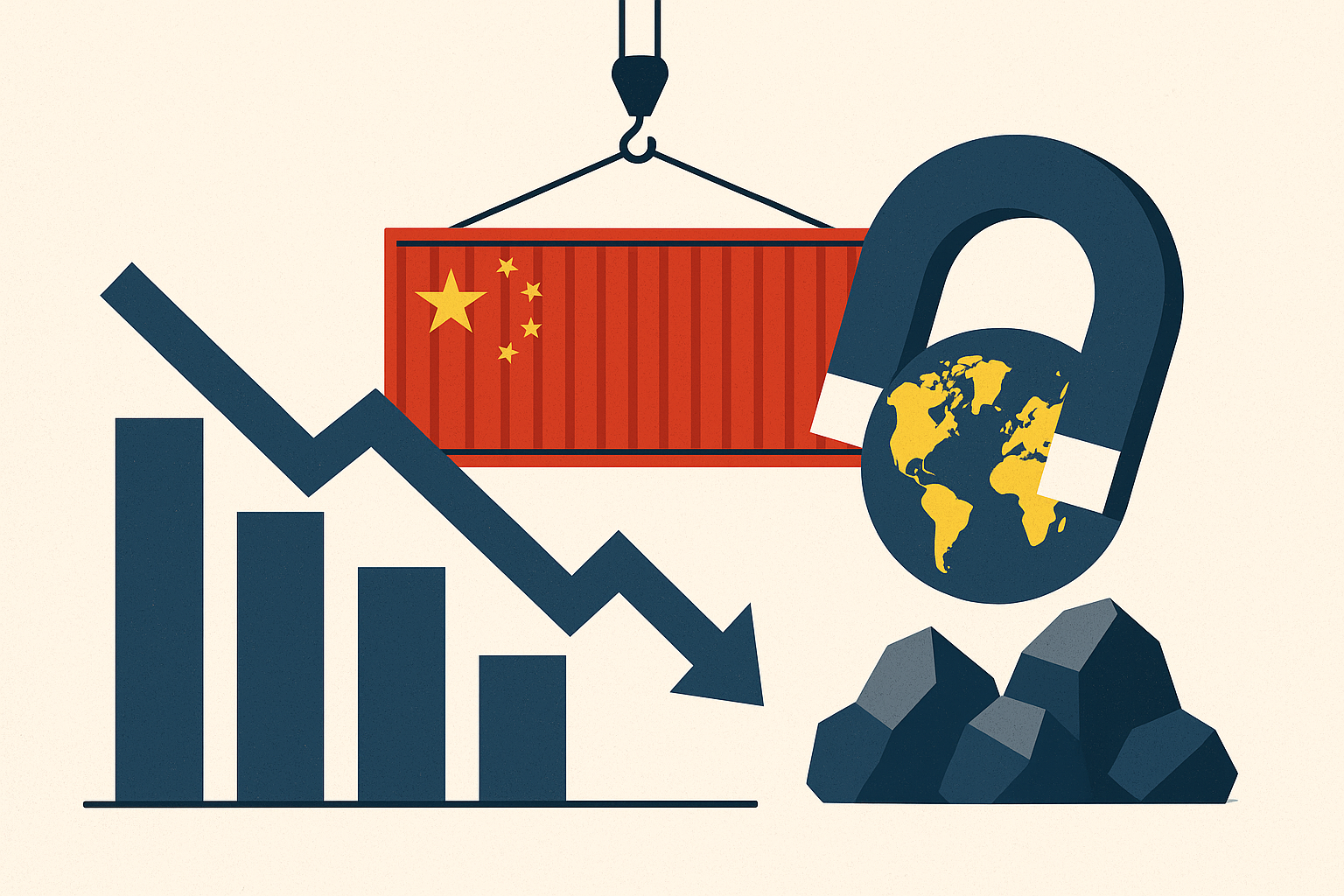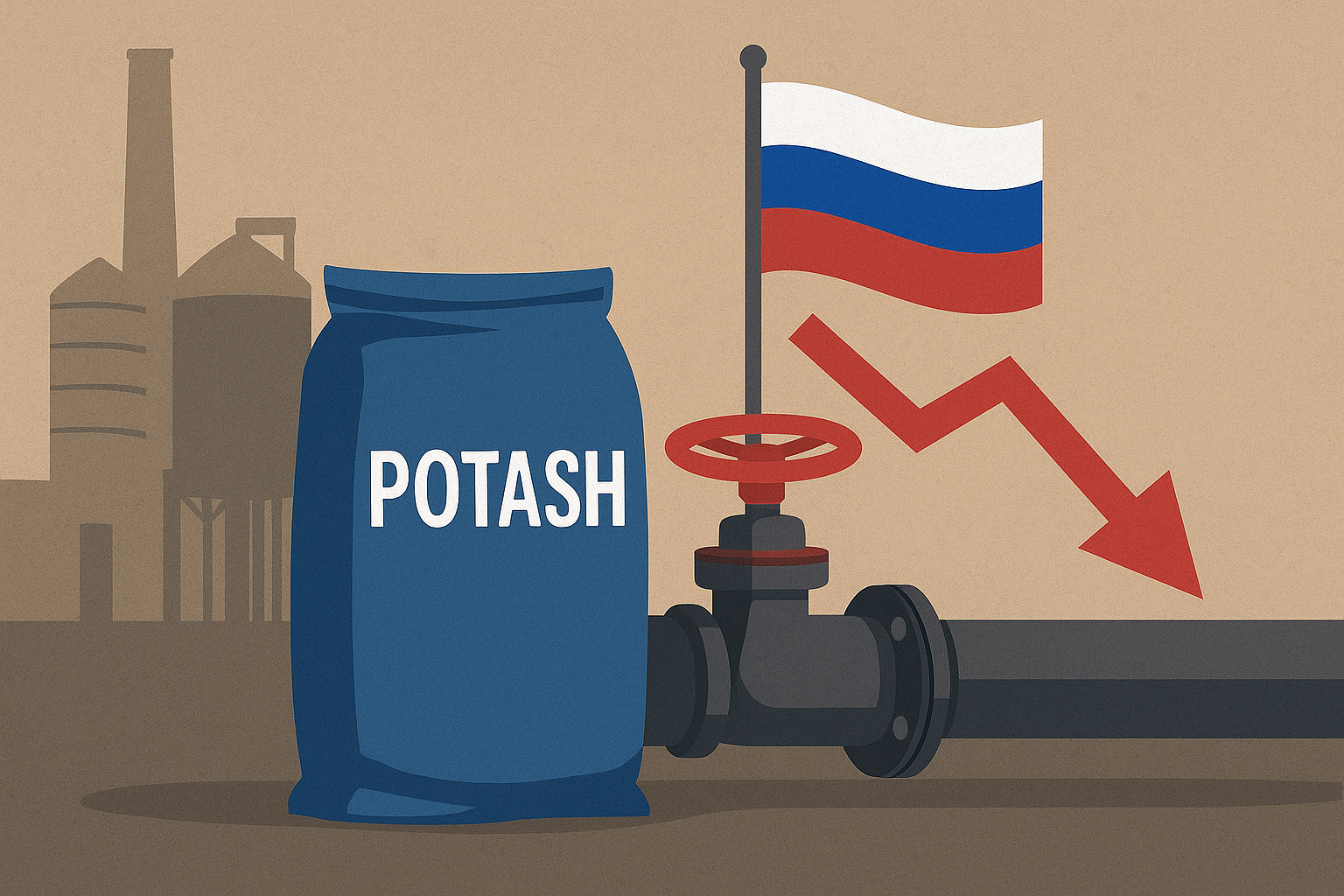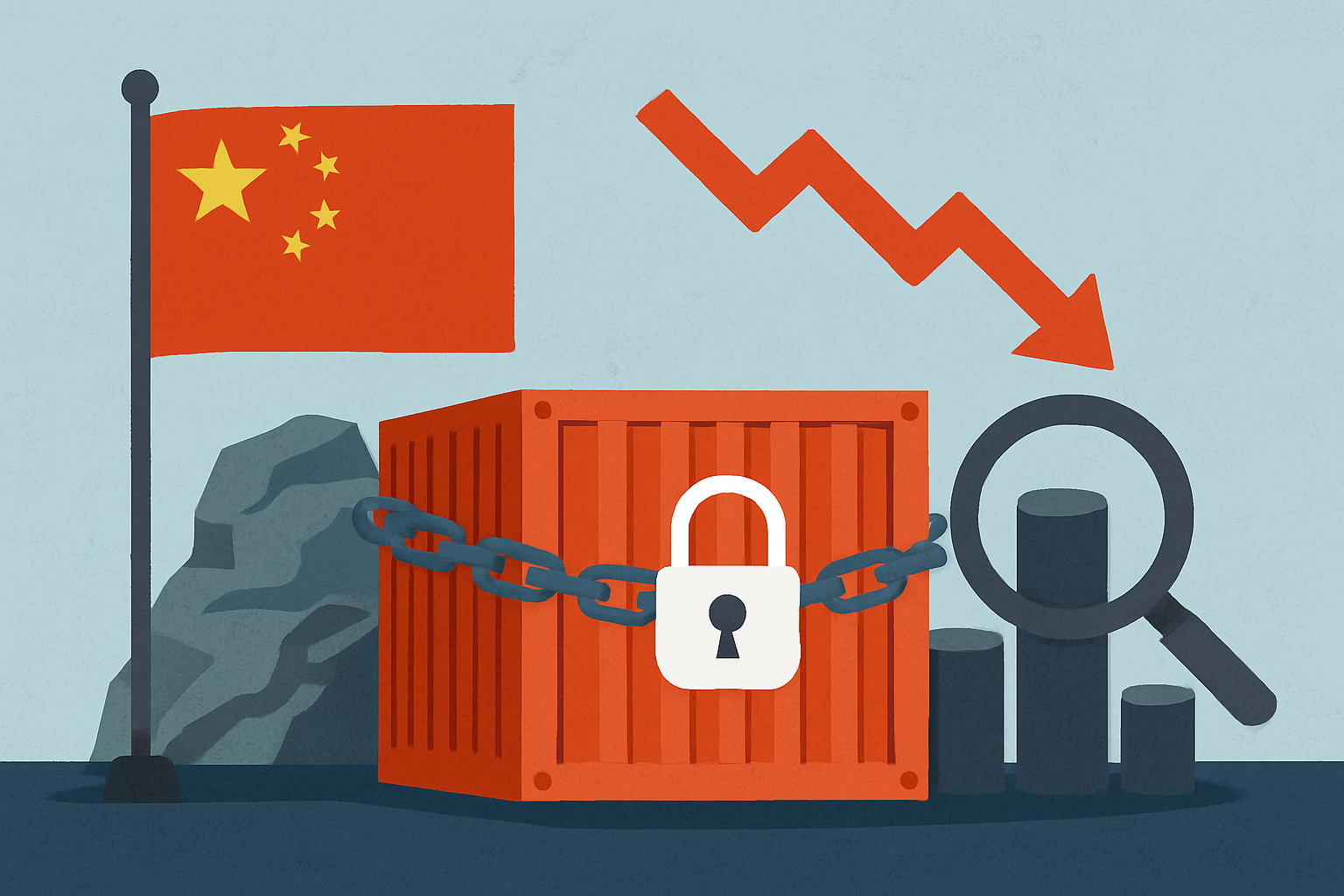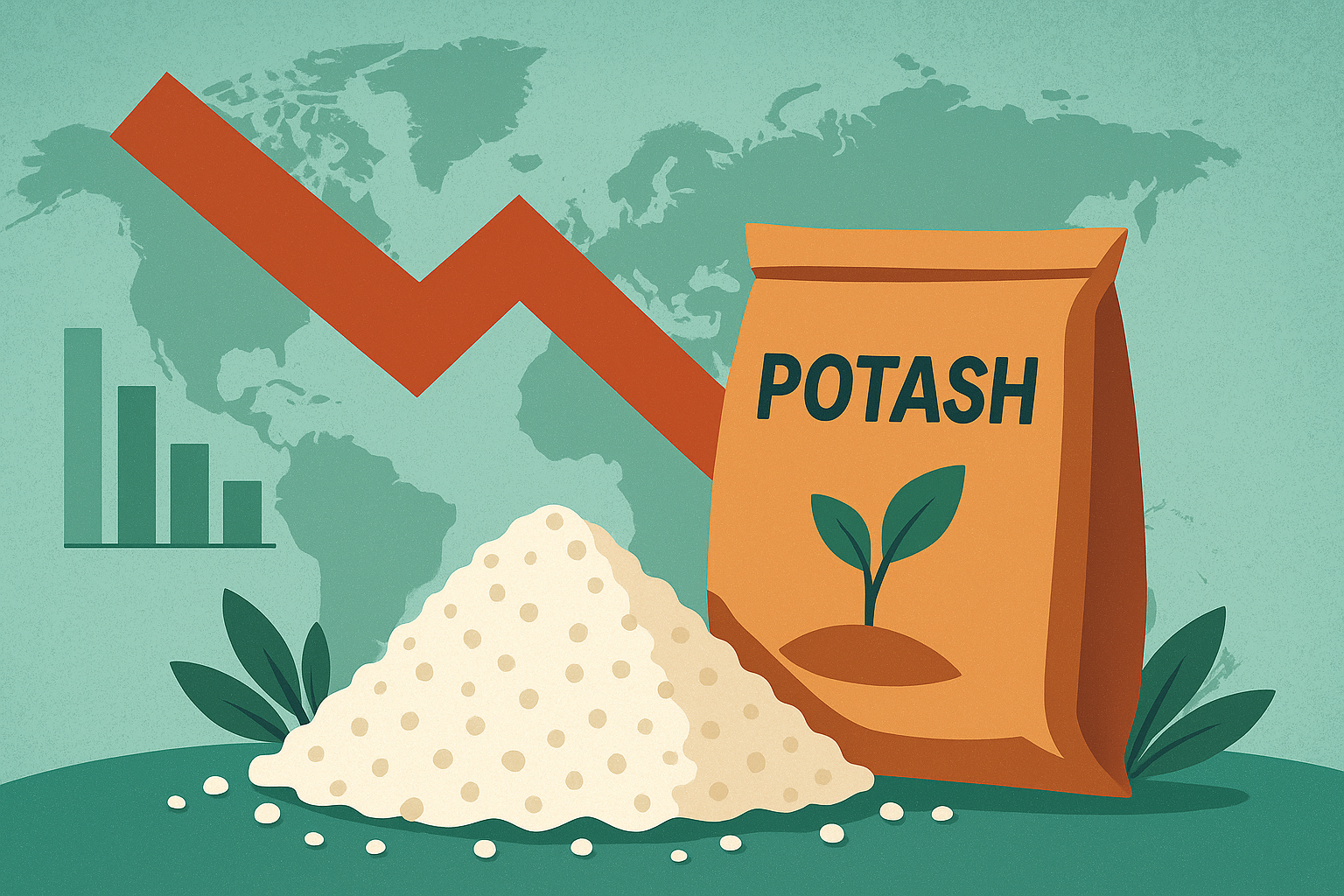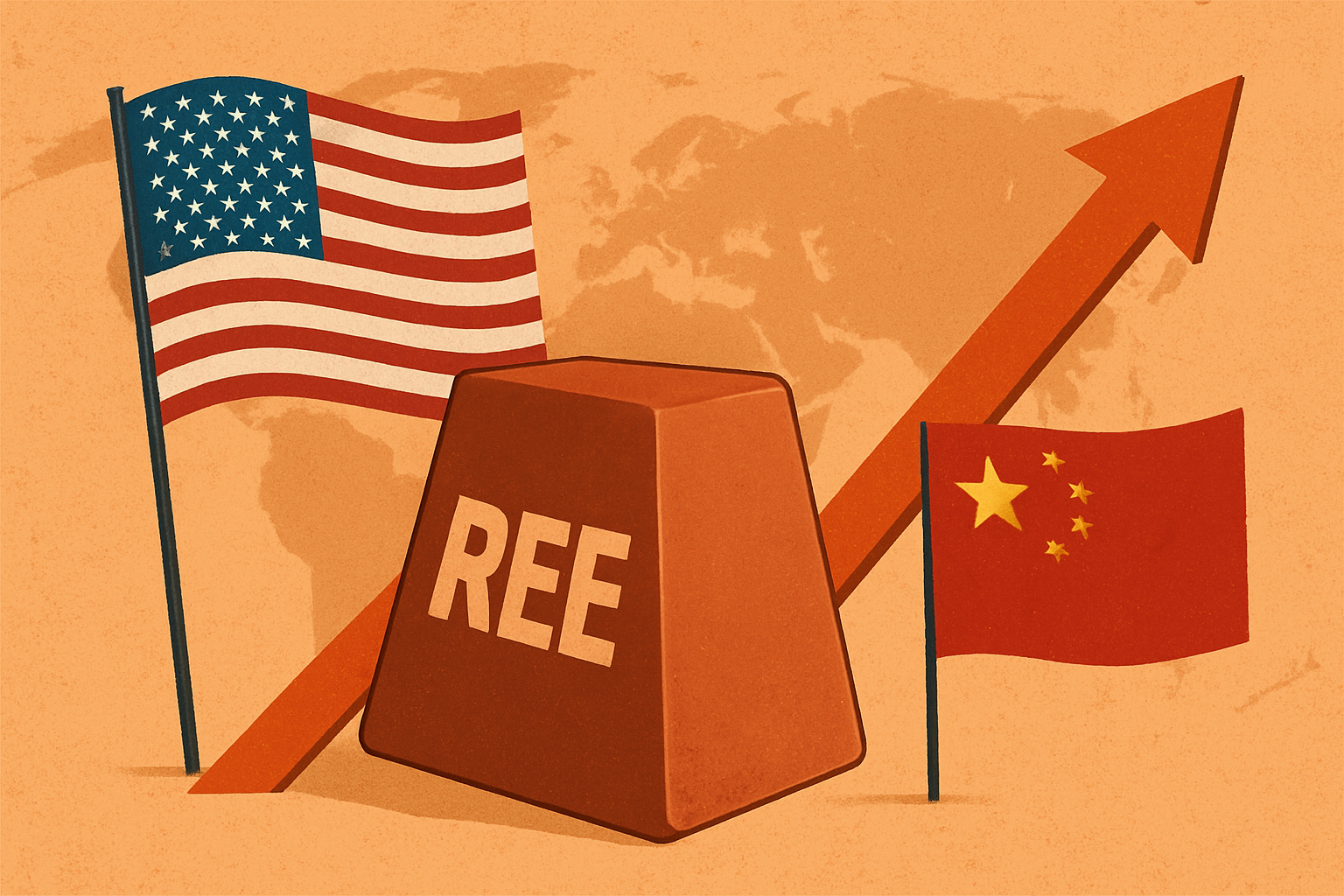As global markets digest another shock from Beijing’s tightening grip on strategic resources, investors are once again reminded of just how concentrated and politically sensitive the critical minerals supply chain has become. In September, China’s rare-earth exports fell sharply, according to Reuters, following new export licensing and control measures rolled out earlier in the month. The move has already sent tremors through industrial and defense supply chains reliant on these essential materials—and investors are taking notice.
Supply Chain Strain Widens Amid Geopolitical Tensions
Rare earth elements (REEs)—used in everything from electric vehicles and wind turbines to semiconductors and military technologies—have long been dominated by China, which accounts for over 70% of global production and refining capacity, according to the U.S. Geological Survey (USGS). The newly implemented export controls, reportedly justified under national security and environmental grounds, are being interpreted by analysts as a strategic lever amid rising U.S.–China trade and technology tensions.
“Beijing’s decision underscores the strategic importance of rare earths in the global energy transition and defense sectors,” said Li Ming, a senior analyst at CRU Group. “It signals that China is prepared to use its dominance in critical minerals as a geopolitical tool—one that could reverberate through Western manufacturing ecosystems.”
This sharp decline in shipments—paired with global dependence on Chinese separation and refining—raises fresh alarm over potential shortages of key magnet materials such as neodymium, praseodymium, and dysprosium.
Why This Matters for Investors
For investors, this isn’t just a policy story—it’s a market signal. Rare earth prices have historically been sensitive to policy shifts in China. The last major export crackdown in 2010 triggered a tenfold price spike within months, fueling a rush of exploration projects across Australia, North America, and Africa.
Today, the dynamics are even more complex. The rapid rise in EV demand, coupled with global decarbonization goals, has made rare earths essential for clean energy technologies. As China restricts supply, Western nations are accelerating efforts to diversify sourcing and localize processing capacity.
Lynas Rare Earths (ASX: LYC), the largest non-Chinese producer, saw renewed investor interest following the news, while emerging players like MP Materials (NYSE: MP) and Arafura Rare Earths (ASX: ARU) have also gained momentum on expectations of higher pricing power and potential government-backed partnerships.
Global Policy Response and Industrial Strategy
Governments are responding fast. The U.S. Department of Energy (DOE) recently reaffirmed funding for rare earth separation projects under the Inflation Reduction Act, while the European Commission continues to advance its Critical Raw Materials Act, designed to secure up to 15% of EU demand through local production and recycling by 2030.
In Canada, new exploration incentives and processing facility grants have positioned the country as a potential friendly supplier to the U.S. and EU, particularly through companies targeting neodymium and terbium deposits in Quebec and Saskatchewan.
“Policy alignment between Western allies will be crucial,” said Clara Beattie, a commodities strategist at BloombergNEF. “This is not just about raw material extraction—it’s about capturing the full value chain, from mining to magnet production.”
Future Trends to Watch
- Non-Chinese Supply Acceleration: Expect capital flows into Western-aligned rare earth projects, particularly those with low geopolitical risk and advanced metallurgical testing.
- Vertical Integration: Magnet producers and automakers may pursue direct offtake agreements with miners to lock in supply.
- Recycling and Substitution: Technological innovation in magnet recycling and alternative materials could gain traction if supply bottlenecks persist.
- Price Volatility: A tighter market could push prices for rare earth oxides higher through late 2025, though policy reversals or demand slowdowns could trigger corrections.
Key Investment Insight
The rare earth sector’s latest disruption is a reminder that geopolitical control equals pricing power. Investors should focus on companies with:
- Low-cost, advanced-stage projects outside China.
- Processing and separation capabilities, not just raw resource extraction.
- Government or strategic partnerships (e.g., defense, EV, or tech firms).
In the medium term, Western-aligned supply chains are likely to attract institutional capital and government subsidies, while high-cost or early-stage projects may struggle to compete without clear offtake deals.
Stay Ahead with Trusted Insights
As global supply dynamics shift and the energy transition accelerates, staying informed on policy-driven commodities is crucial. Follow explorationstocks.com for daily investor coverage on mining, energy, and critical minerals—delivering the clarity and context investors need to navigate volatile markets.

